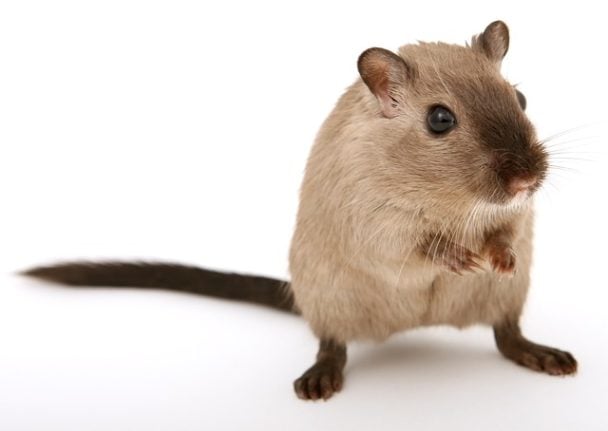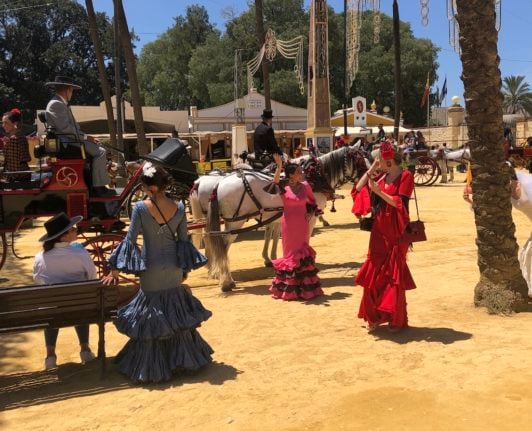In countries such as the UK, the US and Australia when kids’ baby teeth fall out, it’s customary for them to put it under their pillow, hoping that a magical fairy will come in the night to take it away.
The story goes that the fairy wants the tooth for her magic castle, all made out of teeth, and will pay children a reward by leaving a coin or two under the pillow instead.
But in Spain, there is no fairy or a magic castle, instead, it’s a little mouse called Ratoncito Pérez who comes to collect it instead. Similarly, the mouse will leave a reward for the tooth such as a few coins, some sweets or small gifts.
Sometimes you will spot toy shops in Spain that have built a tiny house for the Mouse Pérez outside their store.
How did the story of Ratoncito Pérez come about?
The legend of the Mouse Pérez started out as a character in a story written by Luis Coloma.
Coloma was commissioned to write the story by Queen María Cristina, for King Alfonso XIII (1886-1941), whom she affectionately called Buby, when he was eight years old and lost one of his milk teeth.
It is said that through the tale, the author wanted to teach the young king about the importance of brotherhood whether a person is rich or poor, good or bad so that he would become a great leader.
The story goes that Ratoncito Pérez lived in a box of biscuits in a house in Madrid and every night would scour the city for teeth, visiting the homes of children who had recently lost them and leaving a coin under their pillow in exchange.
READ ALSO: Why do Spanish parents pierce their babies’ ears?
One night, the mouse meets King Buby when he loses a tooth and together they go on an adventure to meet Pérez’s family and help the poor people around the city.
The original manuscript of the story was dedicated to D. Alfonso XIII and is dated 1894, but it was not until 1902 when the king was 16 that the story was first published in a book of short stories.
Another edition was published in 1911, dedicated to the Prince of Asturias D. Alfonso de Borbón y Battenberg, King Alfonso XIII’s son.
Although Ratoncito Pérez is the most well-known character who collects teeth in Spain, there are regional differences too.
In Catalonia there’s also Angelet or the little angel who comes to collect teeth, in the Basque Country there’s Maritxu Teilatukoa, a little ladybird who lives on the roof and comes down to fetch children’s teeth from under their pillows. And in Cantabria, there’s a tooth squirrel – L`Esquilu de los dientis.
The concept of a little mouse who comes for kids’ teeth is in fact not so strange because in many other countries, it’s also a mouse and not a fairy that arrives in the middle of the night too.
In France, parts of Belgium and Switzerland and some countries in Central and South America there’s also a tooth mouse.







 Please whitelist us to continue reading.
Please whitelist us to continue reading.
Member comments